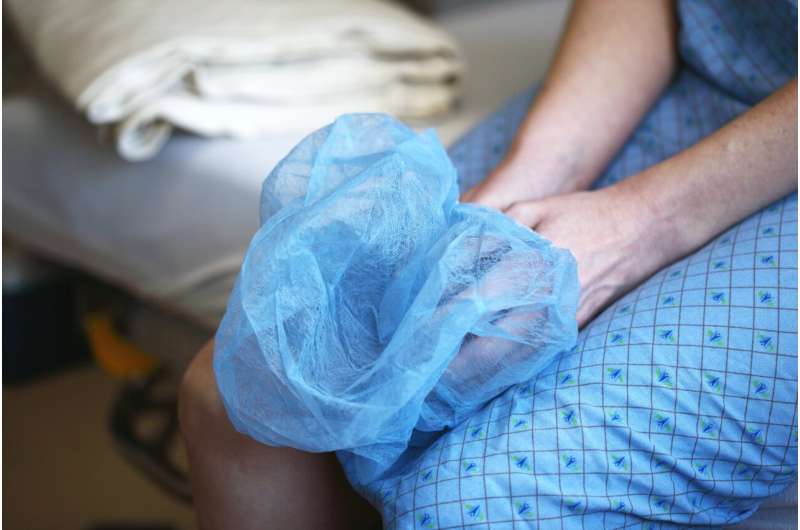This article has been reviewed according to Science X's editorial process and policies. Editors have highlighted the following attributes while ensuring the content's credibility:
fact-checked
trusted source
proofread
Investing in safe surgery could cut costs and save lives in LMICs

Investing in developing systems of safe surgery to reduce Surgical Site Infection (SSI) will help to reduce the financial burden on health services in Low- and Middle-Income Countries (LMIC), a new study reveals.
Analyzing inpatient resource use in India, Ghana, Nigeria and Mexico, researchers discovered that additional investigations and hospital length of stay for a patient with an SSI compared to patient without an SSI were generally higher in clean-contaminated surgical cases compared to contaminated-dirty surgical cases.
They found that SSI occurred in 7% of clean-contaminated cases, where wounds have no signs of infection at the time of surgery, while 27% of contaminated-dirty cases—where the wound encounters bodily fluids—exhibited SSI.
Overall, SSI was associated with an increase in postoperative healthcare costs by 75.3% (€412) after clean-contaminated surgery and 66.6% (€331) after contaminated-dirty surgery.
Publishing their findings in Journal of Hospital Infection, the international group of researchers, led by the University of Birmingham, reveal that the highest and lowest cost increases were in India for clean-contaminated cases (€517) and contaminated-dirty cases (€223). Overall, inpatient costs accounted for 96.4% of total healthcare costs after clean-contaminated surgery and 92.5% after contaminated-dirty surgery.
Study lead Mr. Mark Monahan, from the University of Birmingham's Institute of Applied Health Research, commented, "Surgical site infection is the world's most common postoperative complication. This is the first multi-continental surgical cost study of its kind and reveals substantial additional postoperative costs associated with SSI across a range of settings.
"Investing in health technologies to reduce SSI could reduce this major financial burden to patients and low-resource health systems—helping to improve the overall quality of healthcare and ultimately saving lives."
Researchers found that patients with an SSI had higher costs in both postoperative inpatient costs and post-discharge costs compared to patients without an SSI. They discovered that SSI was a statistically significant variable in determining postoperative healthcare costs.
Postoperative inpatient costs made up most of the total healthcare costs in both clean-contaminated and contaminated-dirty cases. An exploratory investigation in Ghana showed that the costs of unresolved SSI persist beyond 30 days.
The experts note that this is an important finding because 37.5% of prospective patients with an SSI were unresolved at 30 days post-surgery, potentially underestimating the true postoperative costs.
More information: M. Monahan et al, The costs of surgical site infection after abdominal surgery in middle-income countries: Key resource use In Wound Infection (KIWI) study, Journal of Hospital Infection (2023). DOI: 10.1016/j.jhin.2023.03.023





















